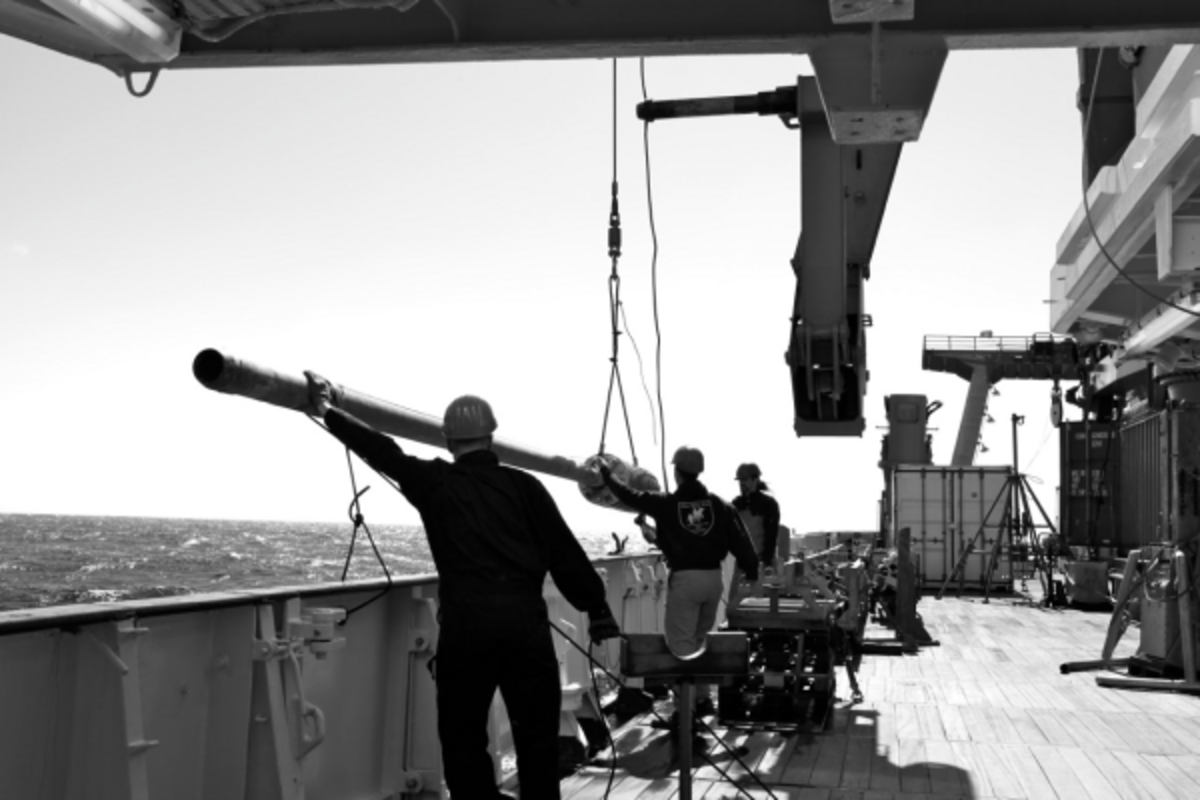Methods / Description Nitrate
APPARATUS:
Eppendorfpipettes (10-100 µl, 100-1000 µl und 1-5 cm3)
Various volumetric flasks
Various cylinders und beakers
Various bottles to store the reagents
Horseshoe-shaped glass reduction columns (inner diameter about 8 mm; length about 40 cm) filled with preconditioned cadmium
Peristaltic pump
Photometer
REAGENTS:
Sulphanilamide: Dissolve 1.0 g of sulphanilamide in 10 cm3 conc. HCl and 60 cm3 pure water. After cooling make up to 100 cm3. Store in brown glass bottle. Stable for several weeks.
NED: 100 mg N-(1-naphthyl)-ethylendiamine-dihydrochlorid (NED) are dissolved in 100 cm3
pure water and stored refrigerated in a glass bottle. Stable until a brown color develops.
Ammoniumchloride buffer solution: pH=8. A solution of 10 g NH4Cl in 1 dm3 water is adjusted to pH 8 by adding conc. NH3 (about 0.6 cm3are required).
Cadmiumgranules: 0.5-0.8 mm
HCl-solution: 2 N
CuSO4-solution: 1%
NO3-standard: MERCK 1 g NO3 per liter (=16.13 mmol/l)
Saltwater: 36 gNaCl per liter
PREPARATION OF THE REDUCTOR:
Cadmium granules are sieved and the 0.5 - 0.8 mm fraction is washed with 2 N HCl. After thorough rinsing (with water), the cadmium is allowed to react with 1% CuSO4 for 5-10 minutes. Then it has to be rinsed again. A funnel is used to pour the copperized granules carefully into the reductor column which is filled with buffer to prevent air inclusion. After both outlets are sealed with glass wool, 20-30 cm3 of buffer solution, containing about 100-200 µmol/l NaNO3, are passed through the column at about 5 cm3 per min-1 to activate the reductor. Once more rinsed with buffer solution, e reductor is ready for use. Between the analysis the reductor should always be kept in buffer/filled with buffer. If you want to prepare reductor columns (i.e. for a cruise) you can do it as it was described here and store them filled with buffer and sealed with parafilm.
STANDARDS
Stock-Standard: NO3-Standard (MERCK) = 16.13 mmol/l
Work standard: Dilute the stock-standard with salt water in different relations to obtain standards with different concentrations for calibration (5-6 calibration points).
Calibration range: 8.065 µmol/l - 80.65 µmol/l
PROCEDURE:
1 cm3 of sample or standard are diluted with 9 cm3 buffer and passed through the reductor at 5 cm3 * min-1. The last 5 cm3 are pipetted. 100 µl Sulphanilamide and 100 µl NED are added. Read the absorbance of the red azo dye after 30 minutes at 540 nm.
INTERFERENCES:
High concentrations of H2S (> 1mM) in the sample disturbe the measurements. Therefore, these samples should be acified with 10 µl HCL (30%/suprapur) per cm3 sample and then be stored for 1-2 days, without lid, in a cool room. (Don`t forget the dilution factor of the acid when you calculate the final result!)



